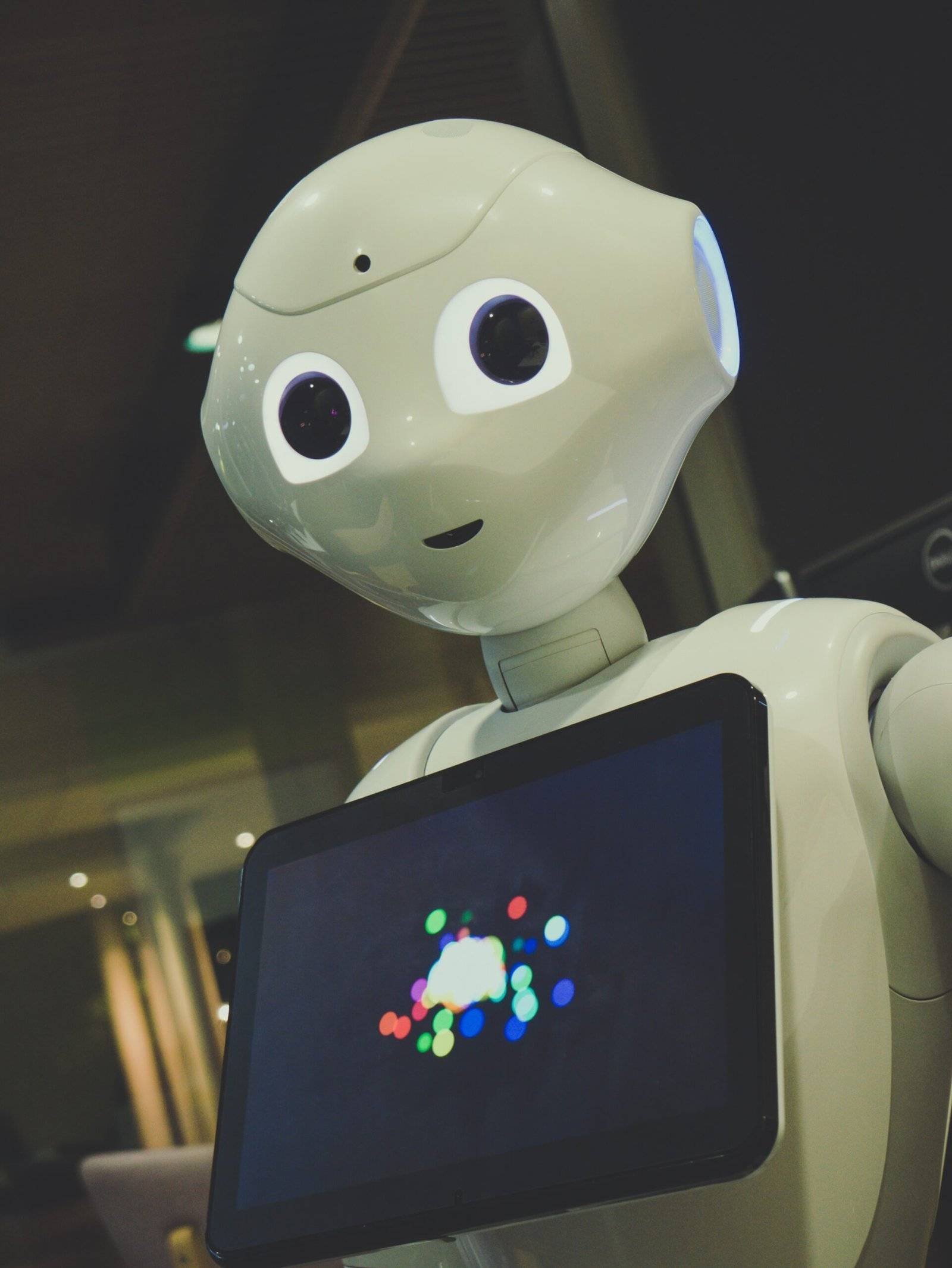Introduction
Chatbots have become increasingly popular in recent years, with businesses using them to automate customer support, provide information, and even facilitate transactions. One of the key components of an effective chatbot is its ability to understand and respond to user queries in a natural and human-like manner. This is where Natural Language Processing (NLP) comes into play.
What is Natural Language Processing?
Natural Language Processing is a branch of artificial intelligence that focuses on the interaction between computers and human language. It involves the development of algorithms and models that enable computers to understand, interpret, and generate human language.
When it comes to training a chatbot, NLP plays a crucial role in enabling the bot to understand and respond to user queries in a way that feels natural and conversational. Without NLP, a chatbot would struggle to understand the nuances of human language and provide relevant and accurate responses.
Steps to Train a Chatbot Using NLP
Training a chatbot using NLP involves several steps. Let’s explore each step in detail:
1. Data Collection
The first step in training a chatbot is to collect a large dataset of conversations. This dataset will be used to train the chatbot to understand and respond to a wide range of user queries. The dataset should ideally include a variety of conversational styles, topics, and language variations.
2. Preprocessing
Once the dataset is collected, it needs to be preprocessed before it can be used for training. This involves cleaning the data, removing any irrelevant or duplicate conversations, and transforming the text into a format that can be easily understood by the chatbot.
3. Tokenization
Tokenization is the process of breaking down the text into smaller units called tokens. These tokens can be individual words or even phrases. Tokenization helps in extracting meaningful information from the text and is an important step in training a chatbot.
4. Word Embeddings
Word embeddings are a way to represent words as numerical vectors. These vectors capture the semantic meaning of words and enable the chatbot to understand the context in which they are used. Word embeddings are generated using techniques like Word2Vec or GloVe.
5. Training the Model
Once the data is preprocessed and the word embeddings are generated, the next step is to train the chatbot model. This involves using machine learning algorithms, such as recurrent neural networks (RNNs) or transformers, to learn patterns and relationships in the data.
6. Evaluation and Fine-tuning
After the model is trained, it needs to be evaluated to assess its performance. This is done by testing the chatbot on a separate dataset and measuring metrics like accuracy, precision, and recall. Based on the evaluation results, the model can be fine-tuned to improve its performance.
Challenges in Training a Chatbot Using NLP
While NLP has made significant advancements in recent years, training a chatbot using NLP still poses some challenges. Some of the common challenges include:
- Understanding context and intent
- Handling ambiguity and multiple interpretations
- Dealing with out-of-vocabulary words
- Recognizing and handling sarcasm or humor
- Language and cultural variations
Addressing these challenges requires a combination of advanced NLP techniques, robust training data, and continuous improvement based on user feedback.
Conclusion
Training a chatbot using Natural Language Processing is a complex but essential process. By leveraging NLP techniques, businesses can create chatbots that are capable of understanding and responding to user queries in a natural and conversational manner. However, it is important to understand the challenges involved and continuously improve the chatbot based on user feedback to ensure its effectiveness.
With the advancements in NLP, the future of chatbots looks promising, with the potential to revolutionize customer support and interaction. By investing in training chatbots using NLP, businesses can enhance user experiences, streamline operations, and ultimately drive growth.







